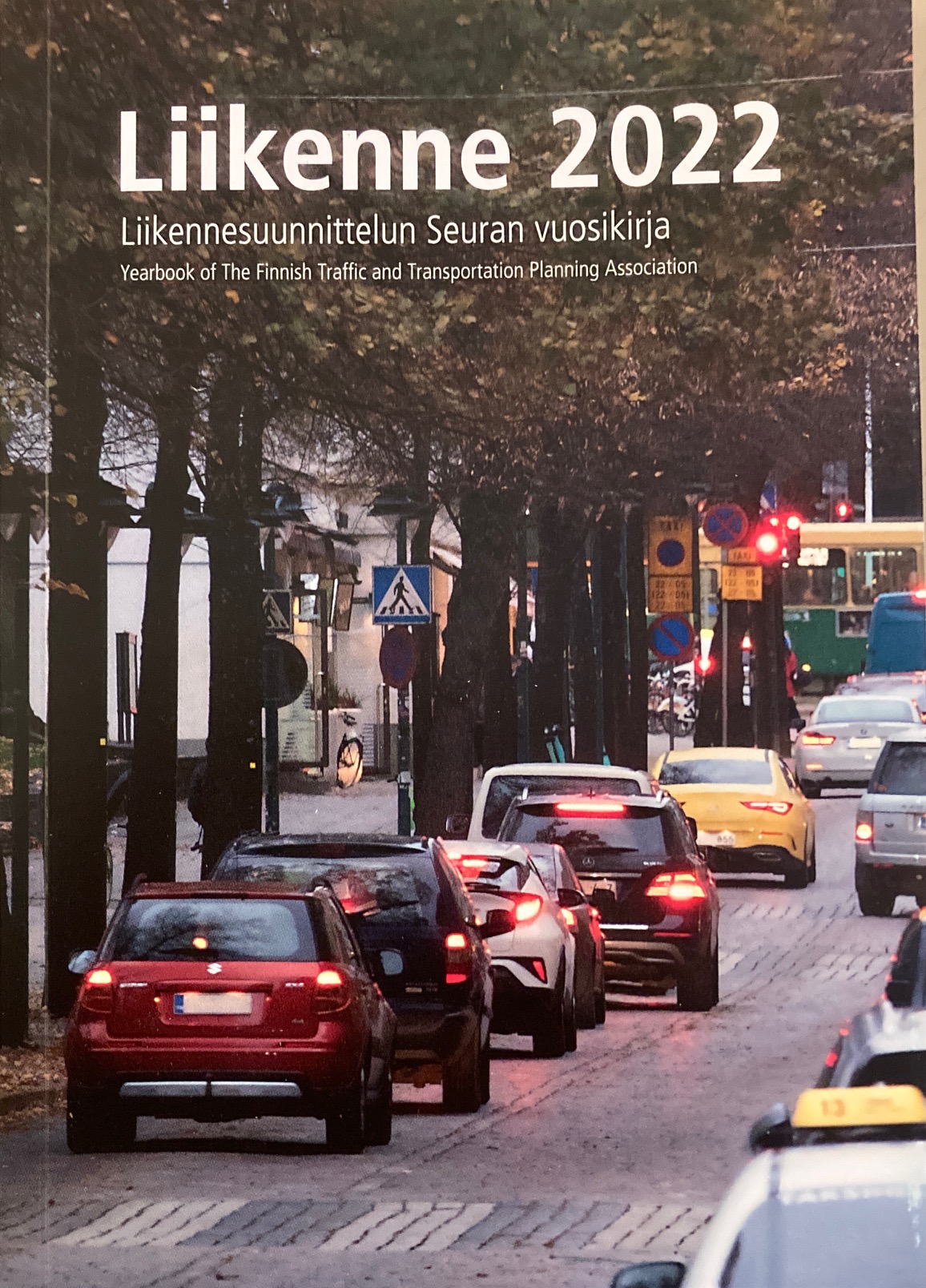Student essay Built environment and self-selection of residential location in the context of US-American cities
DOI:
https://doi.org/10.58956/liikenne.144791Avainsanat:
Transformation of urban spaces, systemic change, travel behavior, Built environment, self-selectionAbstrakti
Urban environments currently experience radical transformation processes – from the ones related to growing population to sustainable city transitions. Therefore, they are in the center of public attention in enabling more just and sustainable community spaces. Although research has been conducted for several decades, it remains unclear what constitutes systemic change. However, factors found to be some of those constitutional factors are self-selection of the living location and the surrounding built environment. Hence, this paper aims to explore the relationship between travel behavior, the built environment and self-selection. Considering available literature reviews and meta-analyses, the examination focuses on the living context in the US. It was found that all the influencing parameters are highly intertwined, thus making disaggregation difficult and showing the importance of multidimensional assessments of urban environments. Nonetheless, gaps remain regarding the elimination of research biases, and furthermore, considering the characteristics of various methodologies.
Lähdeviitteet
Bagley, M. N., & Mokhtarian, P. L. (2002). The impact of residential neighborhood type on travel behavior: A structural equations modeling approach. The Annals of regional science, 279-297.
Boarnet, M., & Crane, R. (2001). The in Influence of land use on travel behavior: specification and estimation strategies. Transportation Research Part A: Policy and Practice, 823-845.
Cao, X., Handy, S. L., & Mokhtarian, P. L. (2006). The influences of the built environment and residential self-selection on pedestrian behavior: evidence from Austin, TX. Transportation, 33(1), 1-20.
Cao, X., Mokhtarian, P. L., & Handy, S. L. (2009). Examining the impacts of residential self-selection on travel behavior: A focus on methodologies. Transport reviews, 359-395.
Ewing, R., & Cervero, R. (2010). Travel and the Built Environment – A meta-analysis. Journal of the American planning association, 265-294.
Handy, S., Cao, X., & Mokhtarian, P. (2005). Correlation or causality between the built environment and travel behavior? Evidence from Northern California. Transportation Research Part D: Transport and Environment, 10(6), 427-444.
Handy, S., Cao, X., & Mokhtarian, P. L. (2006). Self-selection in the relationship between the built environment and walking: Empirical evidence from Northern Califor-nia. Journal of the American planning association, 72(1), 55-74.
Kitamura, R., Mokhtarian, P. L., & Laidet, L. (1997). A micro-analysis of land use and travel in five neighborhoods in the San Francisco Bay Area. Transportation, 125-158.
Schwanen, T., & Mokhtarian, P. L. (2005). What affects commute mode choice: neighbor-hood physical structure or preferences toward neighborhoods? Journal of transport geography, 13(1), 83-99.
Voulgaris, C. T., Taylor, B. D., Blumenberg, E., Brown, A., & Ralph, K. (2017). Synergis-tic neighborhood relationships with travel behavior: An analysis of travel in 30,000 US neighborhoods. Journal of Transport and Land Use, 10(1), 437-461.
Tiedostolataukset
Julkaistu
Viittaaminen
Numero
Osasto
Lisenssi

Tämä työ on lisensoitu Creative Commons Nimeä-EiKaupallinen-EiMuutoksia 4.0 Kansainvälinen Julkinen -lisenssillä.


